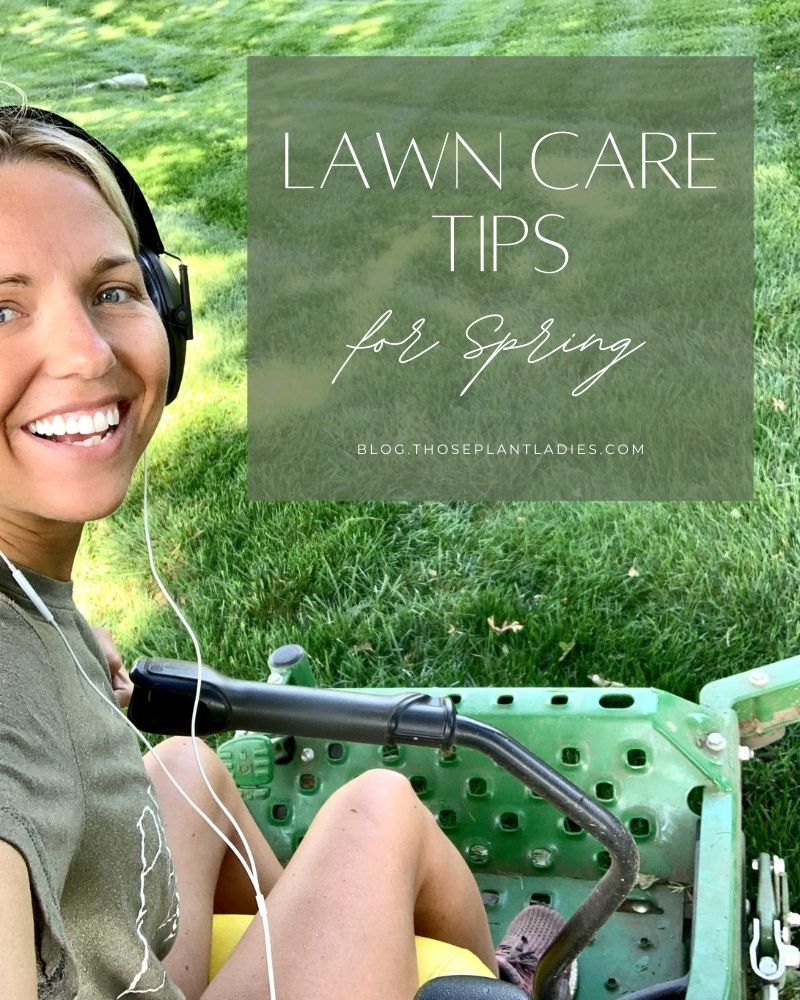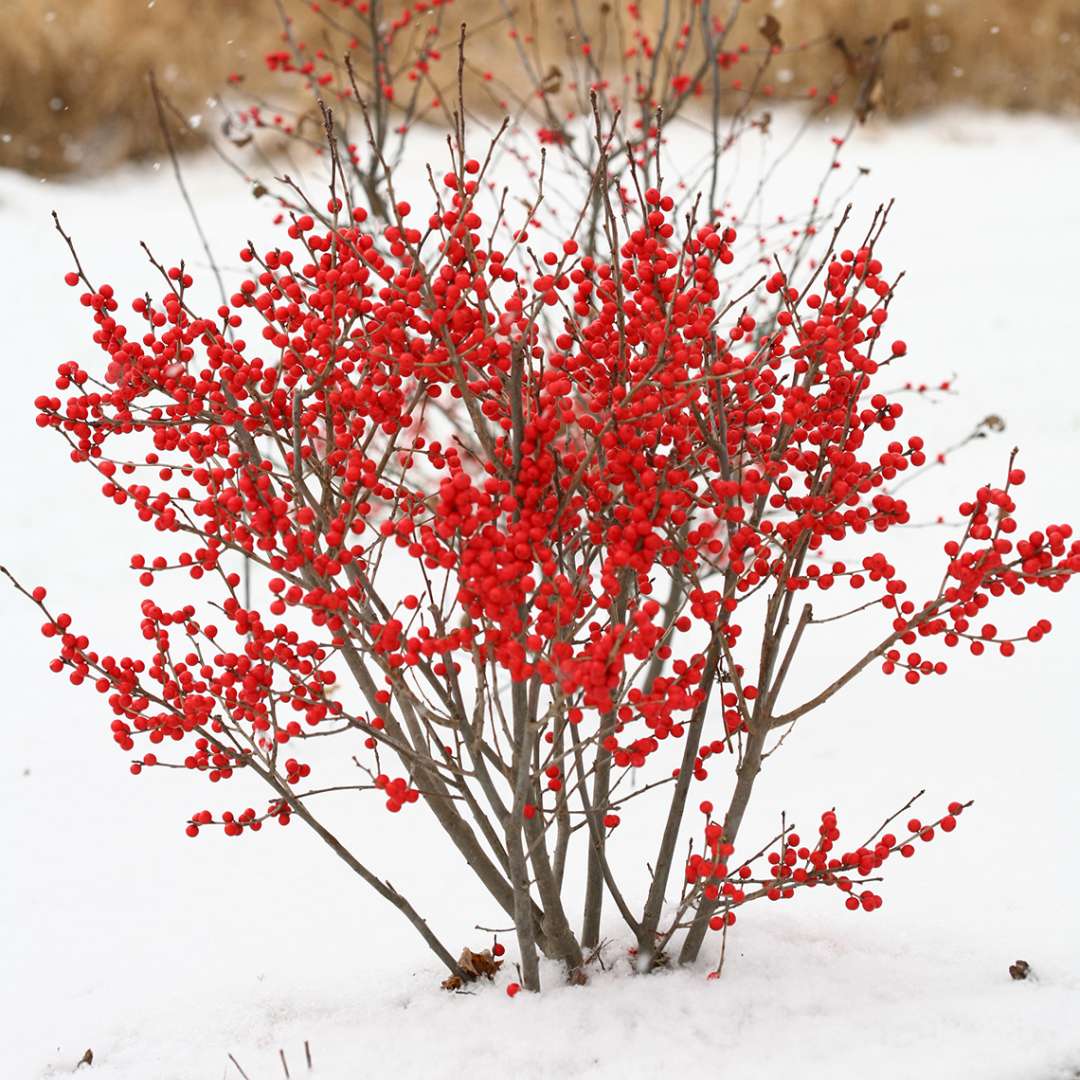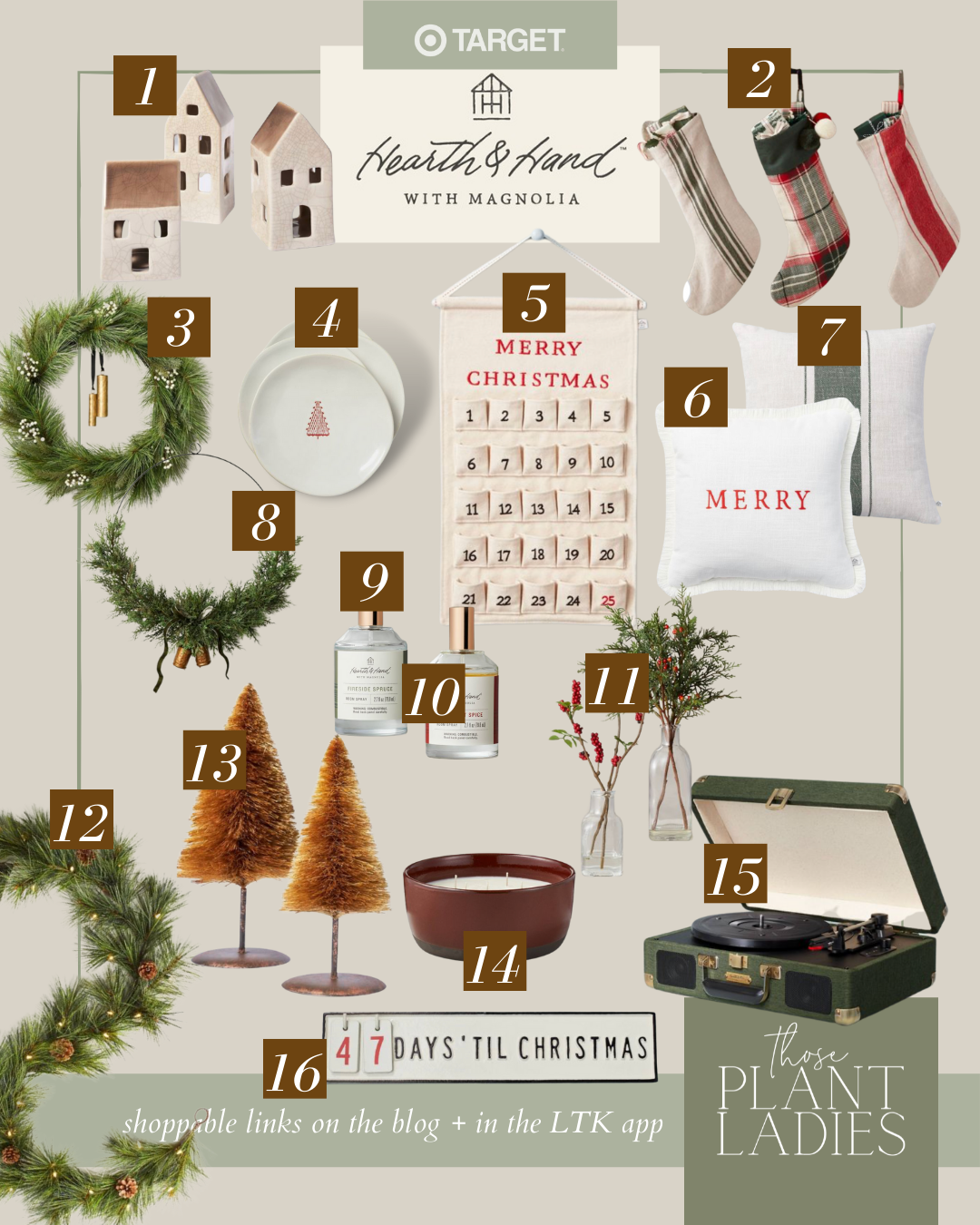Grass is a living and breathing plant and we’ve compiled our top ten tips to make sure it’s as healthy as possible. (Unless you have artificial of course, in which this post doesn’t apply!)
A healthy, thick, lush lawn is very desirable among most homeowners. The biggest misconception is that only the wealthy can achieve this aesthetic. FALSE! The cultural practices and the way we manage the existing turf play a huge part in managing weeds, promoting root growth, and fighting pests and disease. From a professional standpoint and spending ten years in the turfgrass industry, (I managed high-profile athletic fields) it was my job to make sure the surfaces were playable and to their highest standards. I always wanted the grass to have a lasting first impression with the way it looked, but also be smooth, healthy, and resilient all year long. Here are a few pointers I give homeowners who want a nice lawn:

1. Mow weekly! Other than spraying a selective herbicide to irradicate weeds, consistent mowing and topping off of the weed heads will prevent seeds from spreading.
2. Never cut more than ⅓ of the plant off at one time. You don’t want to send your plant into shock. If your lawn is too high, mow 1/3 and come back in a couple of days once the plant has had a chance to recover a bit, and then do another 1/3 mow. DO NOT mow to the ground in an attempt to save yourself a couple of hours of labor next week. This is a common misconception that all grasses need to look like a golf course putting green.
3.Identify the type of grass that you have and mow at the recommended height. For tall fescue, mow at 2.5”-3” mowing height during the spring. For warm-season grasses like hybrid Bermuda and zoysia, mow at 1.5-2″ as they are green and growing.
4.Sharpen your mower blades! Notice yellow jagged edges after your last mowing? You are literally tearing the grass in half instead of cutting it. This can lead to plant susceptibility to disease. Remove the blades, sharpen or replace them with newer ones. Do this once a month during your mowing season.
5.Get creative with your mowing patterns; a diagonal checkerboard is a show-stopper. This is achieved by the direction the grass is laid over. When looking at a nicely stripped-out lawn, the lighter lines are the ones laying in the direction you are looking. The darker pass is the direction coming towards you.
6.Monitor rainfall and water to ensure the grass receives 1” of water each week. Sometimes April doesn’t always bring lots of showers. Water early morning if possible.
7. If bare areas didn’t grow in, plan on sodding in April.
8.Scout for fire ants in your yard. Apply a granular insecticide to prevent these pests from taking over. Their sting can be deadly to small children and animals.
9.Weeds still present from winter? While the warmer temperatures may be knocking these out a bit and stressing them out, most likely these weeds have put down seeds for next year. Take time to properly identify the weed that is in your yard and choose a selective herbicide to remove weeds such as clover, chickweed, henbit, dandelions, etc.
Post-emergent herbicide for weeds that are present now ** 3way (not for crabgrass control in the summer). This is a selective herbicide, for your cool-season or warm-season grasses. AVOID spraying on any landscape plant!
You will need a Surfactant to mix in with your 3way herbicide to make sure it is effective on the plant.
10. Crabgrass is germinating. If you don’t know anything about crabgrass, you should know that it LOVES your lawn, landscape, and pretty much any surface it can get its pesky roots in. If you weren’t able to apply a pre-emergent this past February as ground temperatures were reaching 50 degrees, the best way to eradicate this weed is to selectively spray it out with an herbicide. Targeting this weed before it hits maturity will be KEY to ensure it doesn’t take over your lawn!
Crabgrass Post-Emergent Herbicide for your lawn and landscape beds if you see it emerging during the summer (this is safe for your lawn, but do NOT Spray on your landscape plants!)
You will need this Methalyated seed oil to mix in with it.
For a non-selective herbicide such as Roundup (glyphosate) this is what I would spray on my beds (not near landscape plants), fence lines, or anywhere I didn’t want ANYTHING to grow.
TAG us in your lawn pics! We love seeing you take our advice and implementing the education we work so hard to provide for you.
RELATED POST: TAKE THE GUESSWORK OUT OF LAWN CARE WITH LAWNIFI
PIN FOR LATER






